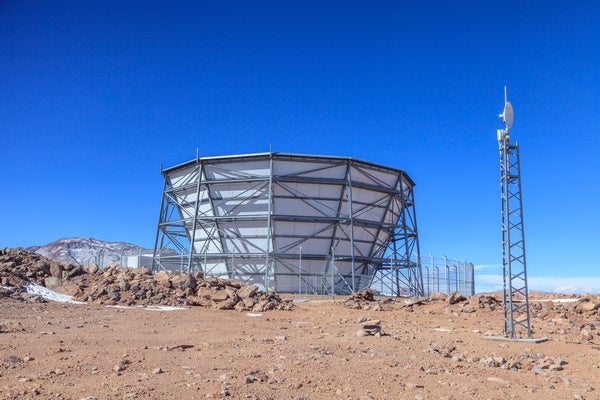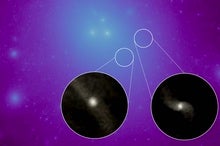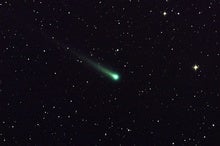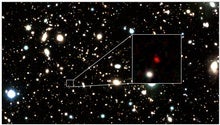 |
| April 21, 2022 |
Dear Reader,
Scientists keep getting different numbers when they try to measure how fast the universe is expanding. One method, based on studying imprints from the early cosmos, gives one answer. Another strategy, which observes nearby lampposts in space such as supernovae, offers a different estimate. This discrepancy, scientists now suspect, might be related to another conflict in astronomy: the question of how clumpy matter is throughout space. Again, measurements from the early, distant universe point toward one conclusion, whereas observations of the local cosmos offer another. Writer Anil Ananthaswamy describes how a new generation of precision telescopes set to come online soon could finally resolve these mysteries. In other news this week, a report on priorities for planetary science over the next decade has just come out, recommending a mission to Uranus as the top choice for NASA's next flagship mission. And a new podcast details how some strange galaxies seem to lack dark matter, thought to be a prerequisite for galaxy formation. |
 |
| |
| |
| |
| |
| |
| |
| |
| |
FROM THE STORE
 | | | |
| |
| |
FROM THE ARCHIVE
 | | | |
LATEST ISSUES
 |
| |
| Questions? Comments?  | |
| Download the Scientific American App |
| |
| |






















